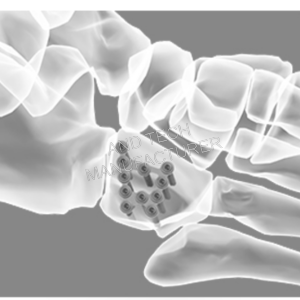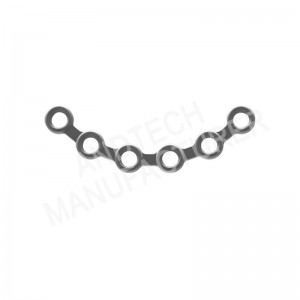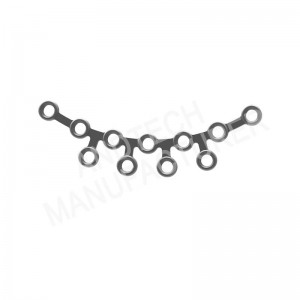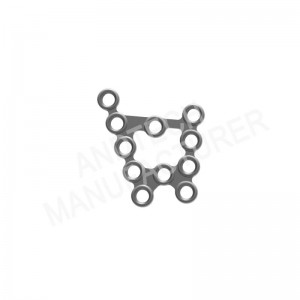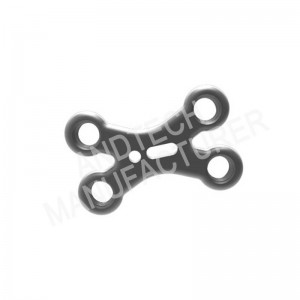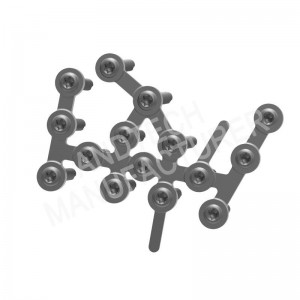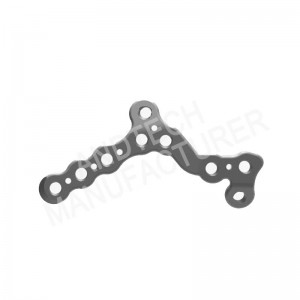Foot Locking Plate System
The structure of the foot
The structure of the foot is roughly divided into three parts, that is, the front foot, the middle foot, and the rear foot. It should be noted that the structures and functions of these three parts are different.
Foot bones include 7 tarsal bones, 5 metatarsal bones, and 14 phalanges. A total of 26 pieces
talus neck locking plate
Code: 251521XXX
The neck of the talus is the narrow part between the head and the body of the talus. Rough above, deep talar groove below
Talus neck fractures are uncommon in clinical work, and routine X-ray examinations are often easy to miss the diagnosis, and CT examination and three-dimensional reconstruction scanning need to be further improved to confirm the diagnosis.
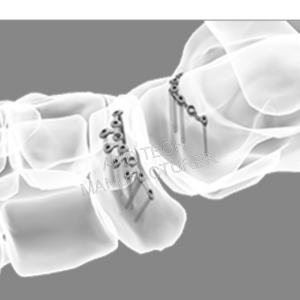
Navicular Locking Plate
Code: 251520XXX
The navicular is a small bone in the wrist joint. The navicular bone is close to the radial side of the row, and its shape is like a boat, hence its name. But irregular, the back is long and narrow, rough and uneven, forming a joint with the radius. When a fall is injured, the palm is on the ground, and the navicular bone bears the brunt, and is compressed between the radius and the capitus, resulting in a fracture

Cubiodeum Locking Plate
Code: 251519XXX
The cuboid is a short bone with a total of 1 in each foot. The cuboid is the only bone in the midfoot that supports the lateral column of the foot. It is located between the fourth and fifth metatarsal bones and the calcaneus. It is the basic structure that forms the lateral longitudinal arch of the foot. The stabilization of the lateral column plays an important role and participates in all natural movements of the foot.
Cuboid fractures are uncommon and can be divided into avulsion fractures and compression fractures, caused by direct or indirect violence. Cuboid avulsion fractures are mostly caused by varus, but varus can also cause compression fractures.
Classification of midfoot fractures: Type I is avulsion fractures; Type II is split fractures; Type III is compression fractures involving a single joint; Type IV is compression fractures involving both articular surfaces.
